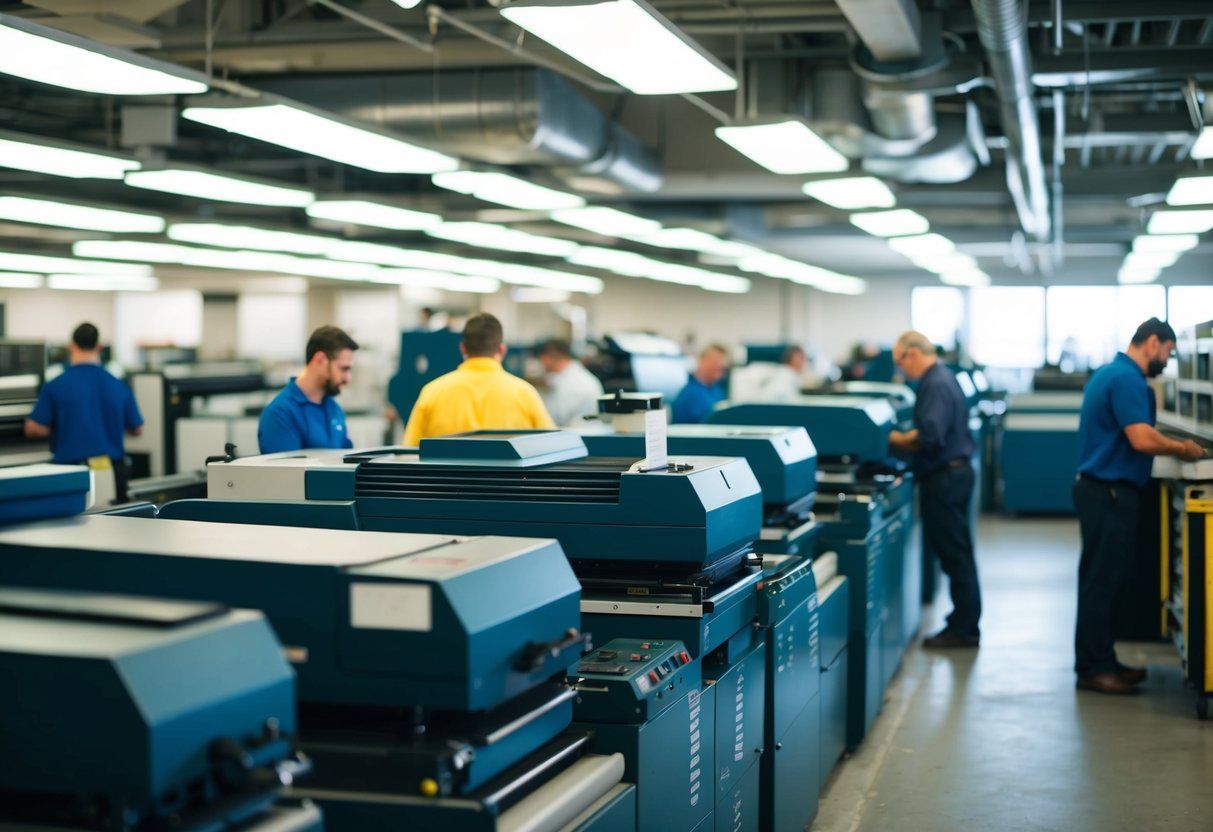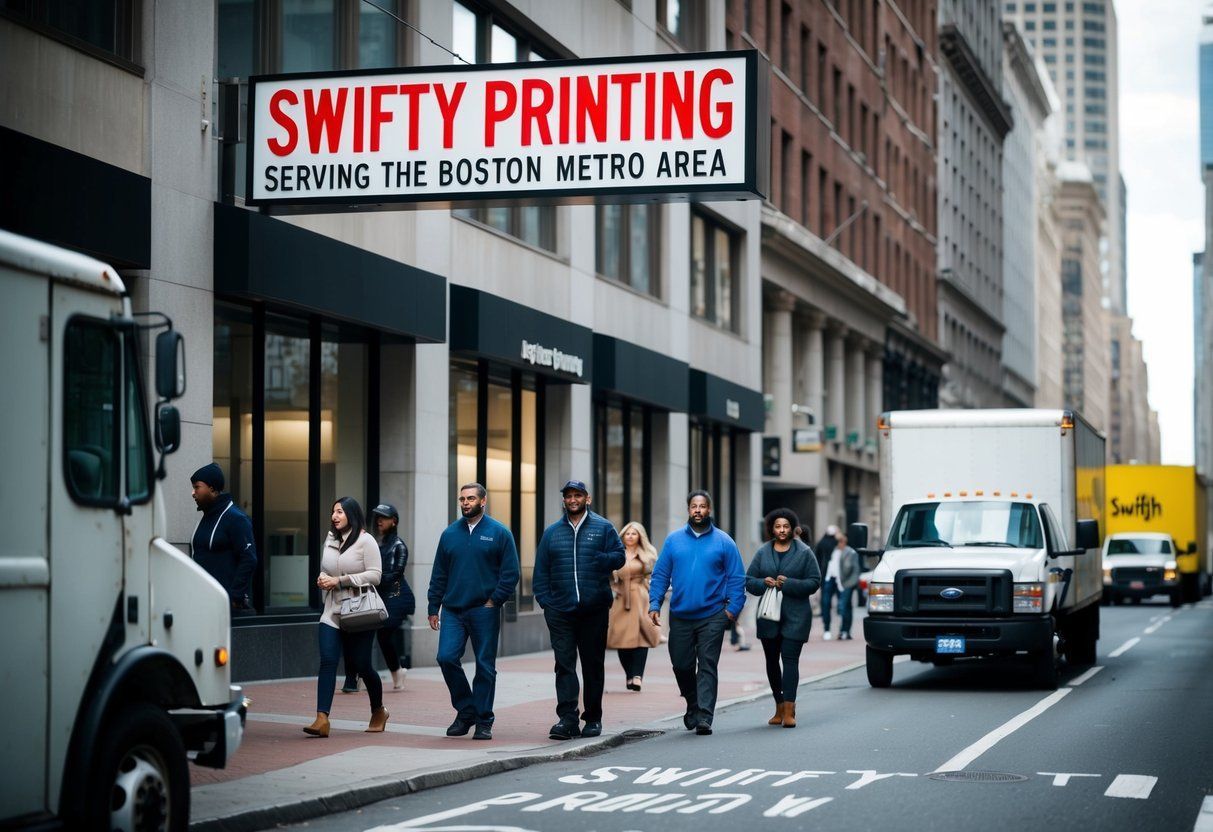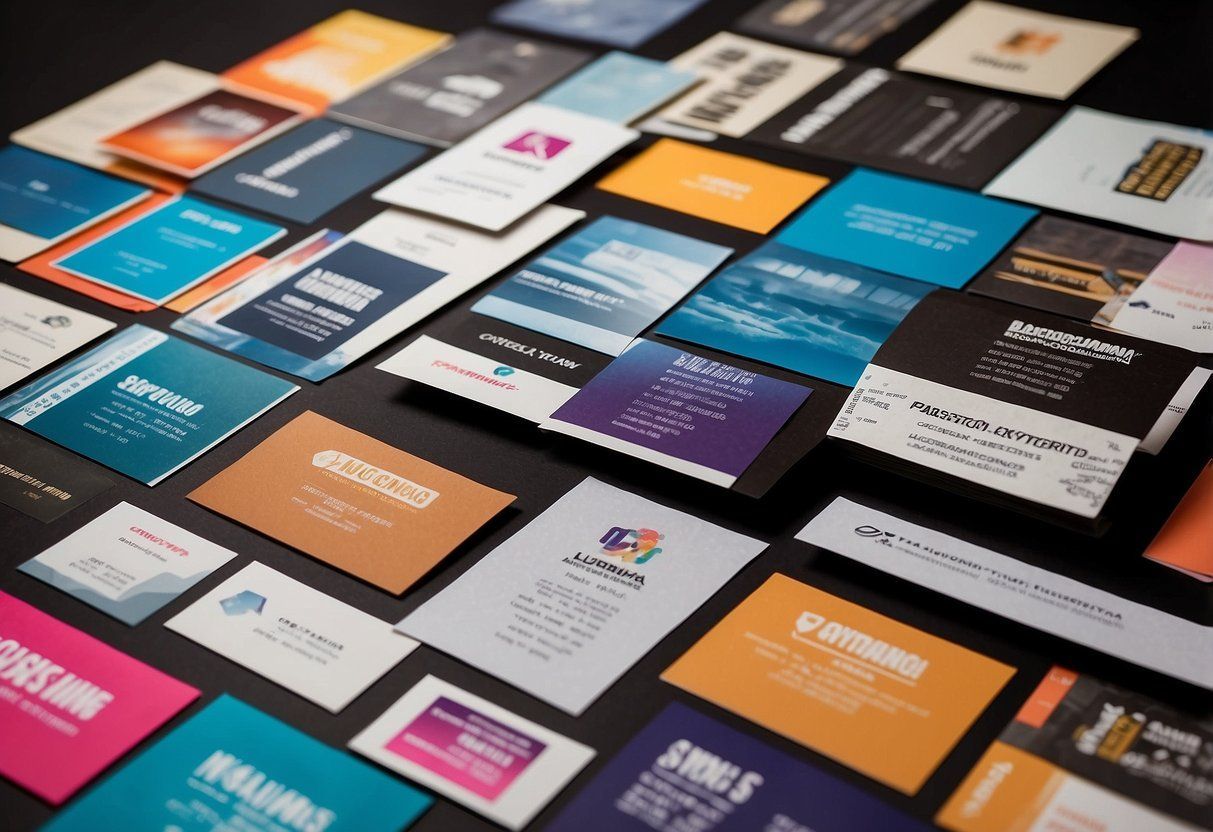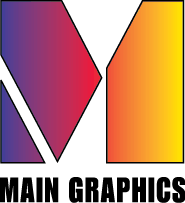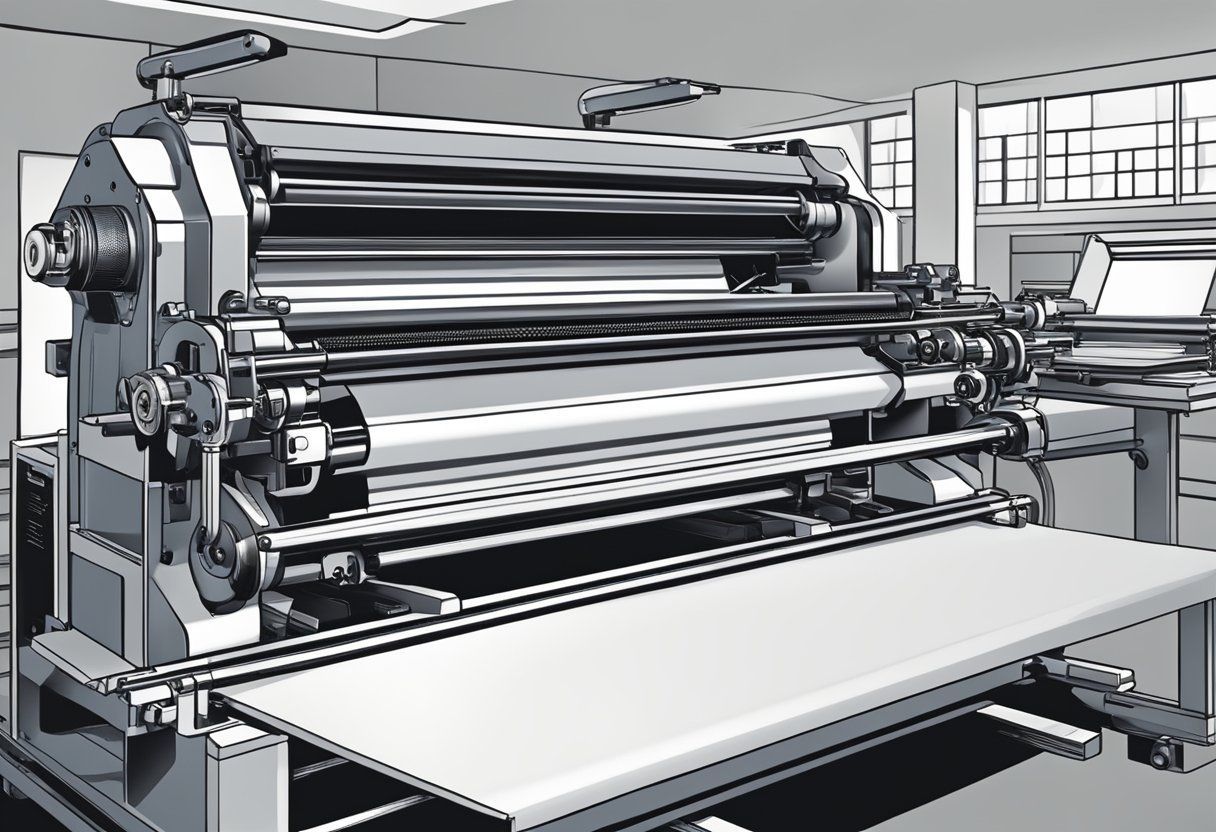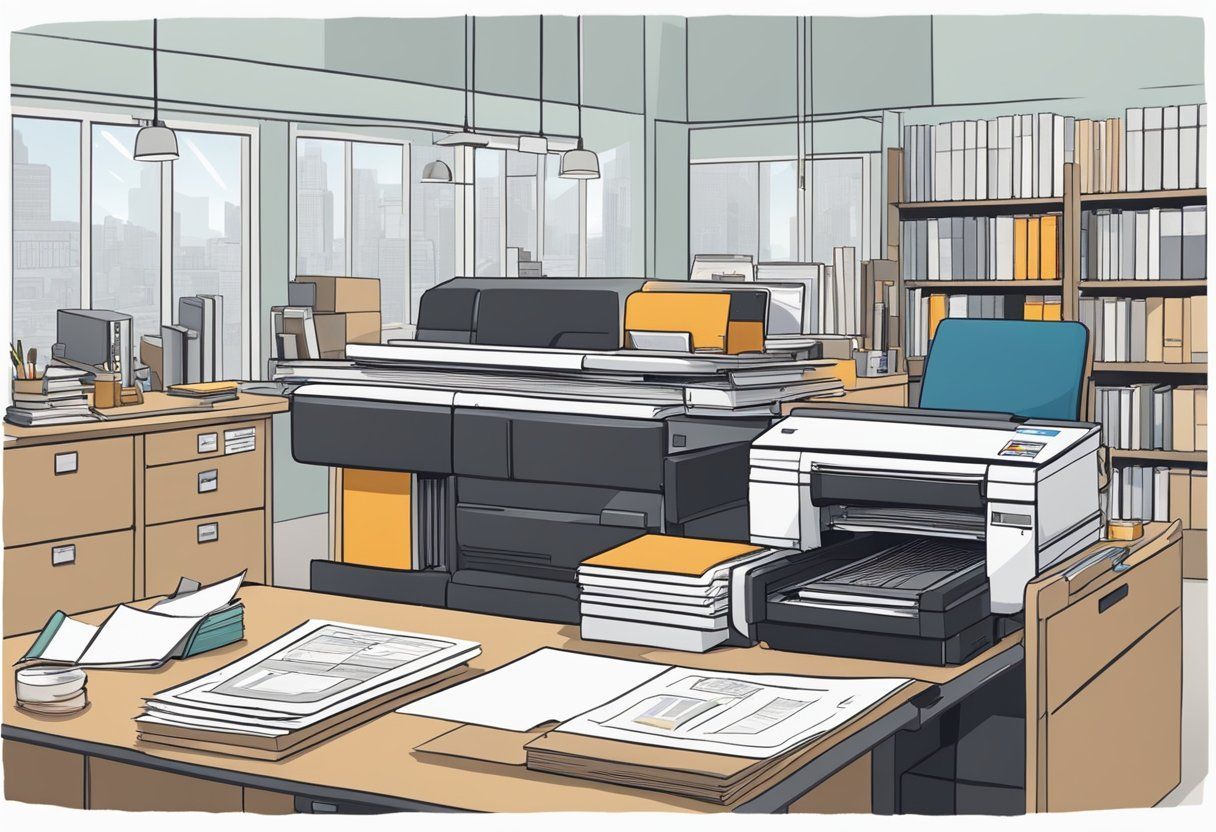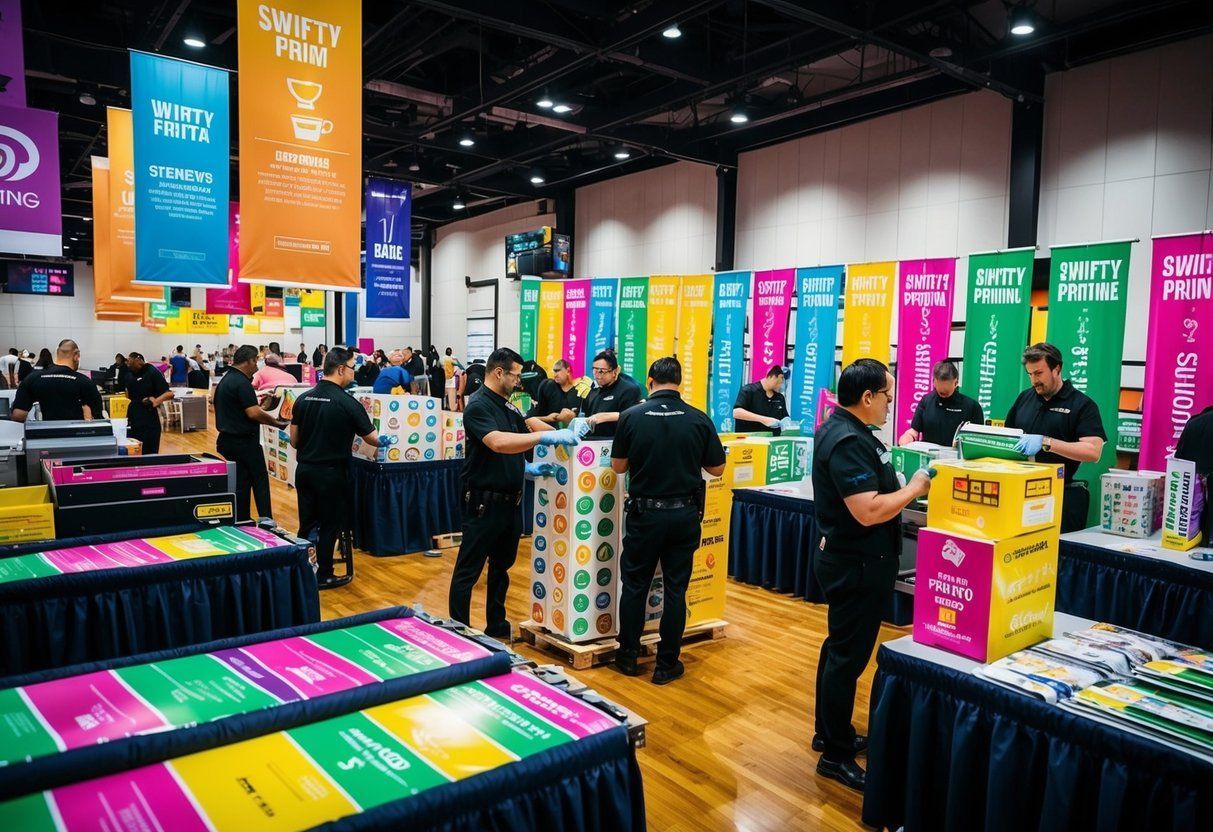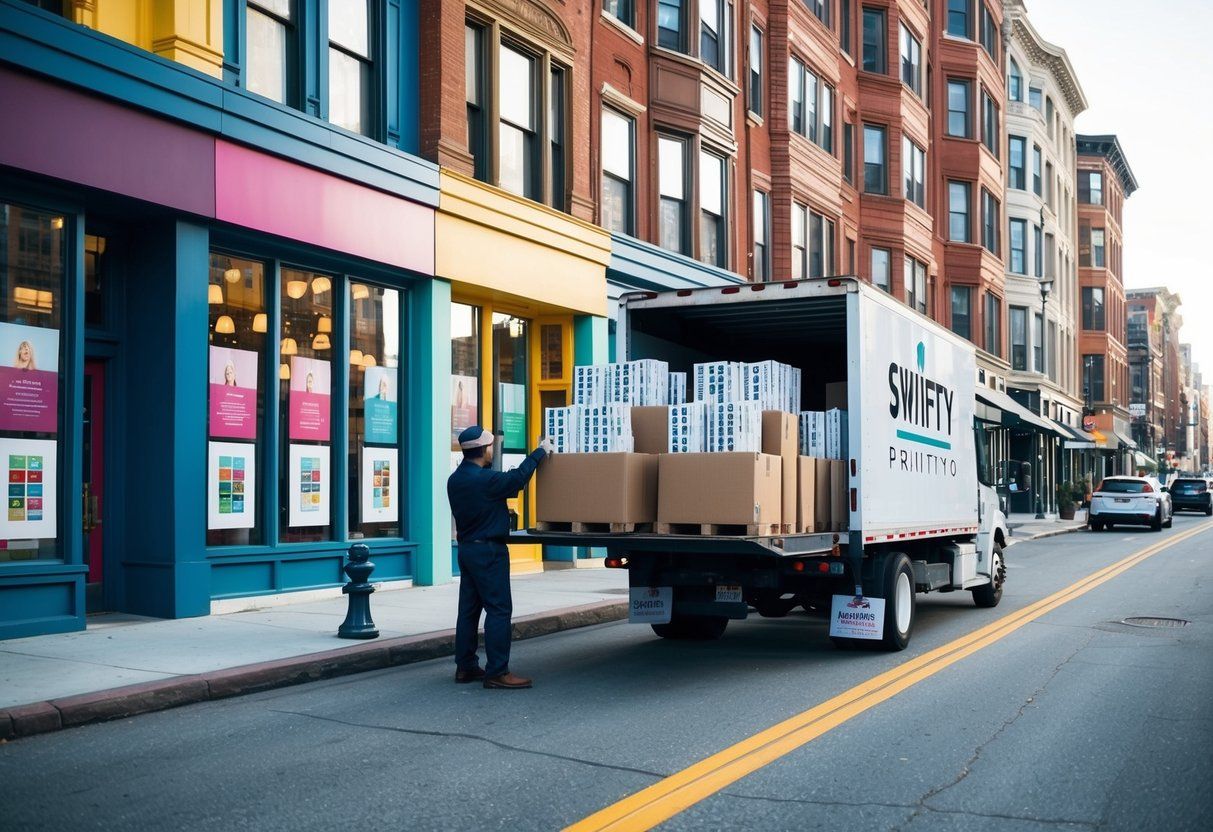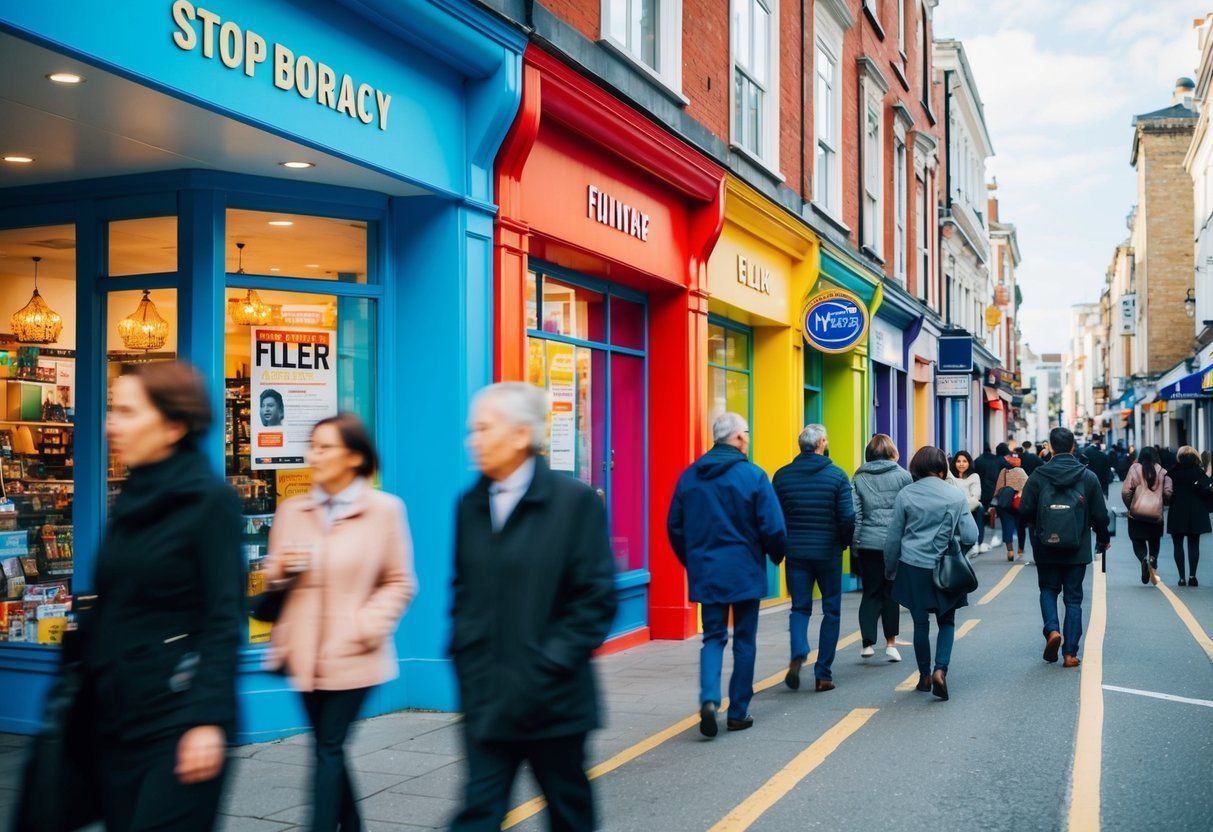Poster Printing Techniques: Unveiling Industry Methods for High-Quality Results
Poster printing is a specialized field that combines artistic design with technical skill to create visual communications on a large scale. The process involves various printing techniques to produce high-quality posters that can be used for advertising, events, or decorative purposes. Each method brings its own set of advantages, influencing the texture, finish, and durability of the printed poster. The selection of a printing technique is crucial and is usually determined by factors like the intended use of the poster, the quantity needed, and the available budget.
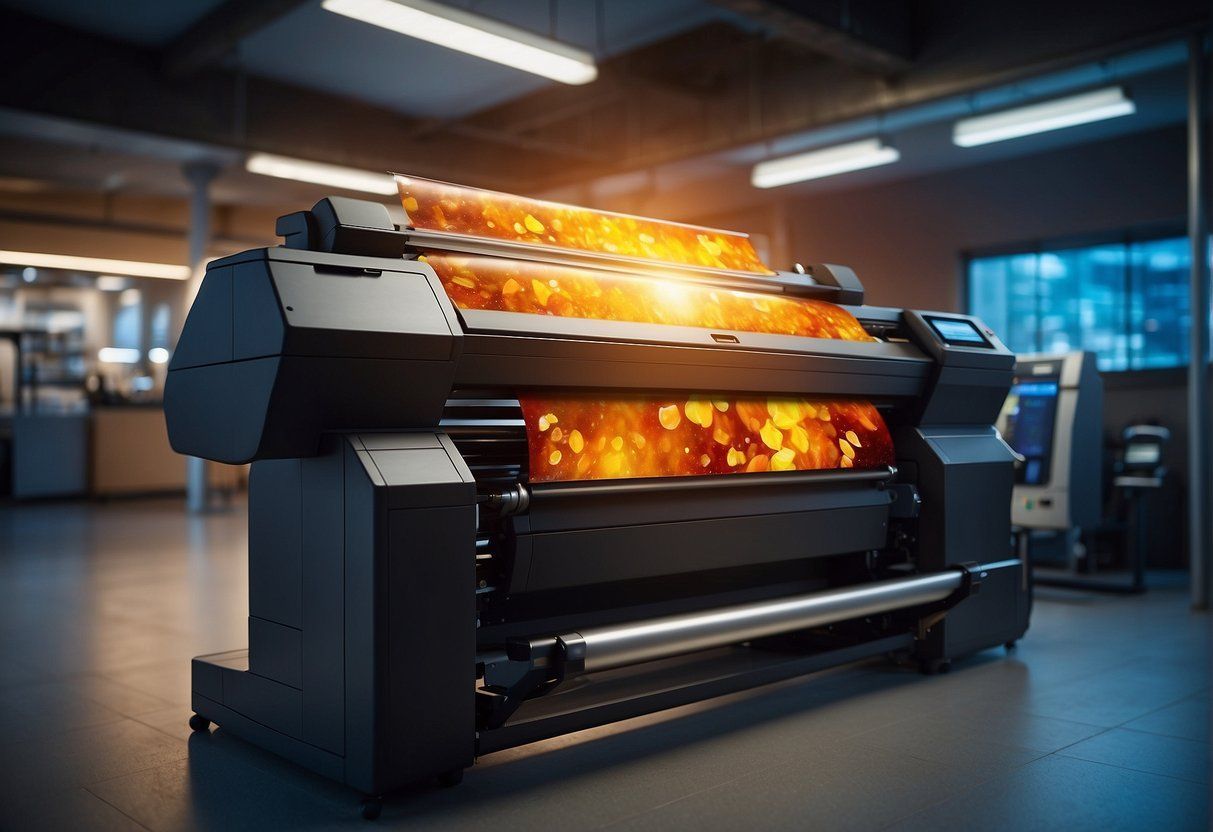
Traditional poster printing techniques include lithography, screen printing, and offset printing, each offering unique benefits. Lithography is renowned for its exceptional print quality and vibrant colors, making it ideal for artwork reproductions. Screen printing, on the other hand, is favored for its versatility and is often used for printing on a variety of materials, including textiles and metals. Offset printing, due to its ability to produce large quantities efficiently, is the go-to option for bulk orders.
The advancement of technology has also introduced digital printing, which has revolutionized poster production with its speed and flexibility. Digital printing allows for on-demand printing, easy customization, and is highly cost-effective for small to medium-sized print runs. This method can produce high-resolution images with a wide color palette, catering to the demand for intricate designs and rapid turnaround times. As a result, businesses and artists have at their disposal a range of options to choose from to best suit their poster printing needs.
Designing for Poster Printing
When creating a poster, designers must consider material compatibility and visual impact. Selection of materials and colors, structuring of the layout, and usage of proper software are crucial for optimal print output.
Choosing the Right Materials
The choice of material influences the poster’s appearance and durability. Paper is common for indoor displays, offering cost-effectiveness and versatility. For more durable options, especially outdoors, canvas is preferred due to its robustness and textured surface which can enhance visuals. It’s essential to match the material with the intended use of the poster to ensure longevity and visual fidelity.
| Material Type | Advantages | Common Uses |
|---|---|---|
| Paper | Cost-effective, versatile | Indoor displays |
| Canvas | Durable, high-quality texture | Outdoor displays, Artistic posters |
Effective Poster Layouts
Good poster design maximizes impact while conveying the message clearly. Designers should use poster templates if they want to ensure proper sizing and resolution. Key information should be easily discernible with eye-catching headlines and a clear hierarchy of information. White space is equally important to prevent visual clutter.
- Headlines: Bold and large to draw attention.
- Information Hierarchy: Organized in a way that guides the viewer through the content.
- Whitespace: To enhance readability and focus on key elements.
Color Considerations for Print
Understanding color models is fundamental for print design. While screens display in RGB (red, green, blue), printing relies on CMYK (cyan, magenta, yellow, black) which can impact color retention from digital to print. Designers should anticipate these changes to ensure that the colors on the final poster match their original vision.
- RGB : Ideal for digital screens.
- CMYK : Recommended for printing to accurately reproduce colors.
Utilizing Design Software
Designers typically use software like Adobe Illustrator for creating posters, as it offers tools tailored for print design, such as vector graphics which are scalable without losing quality. Posters should be saved in PDF format , which preserves the design’s integrity across different platforms and printing devices.
- Software : Adobe Illustrator, known for its vector graphic capabilities.
- File Format : PDF format to maintain design consistency.
Employing the correct design strategies, materials, color models, and software ensures that the poster printing process results in a high-quality product that meets the desired specifications.
Poster Printing Options
When exploring poster printing options , one should consider the desired visual impact, budget, and production time. Specific printing methods offer distinct advantages depending on these factors.
Digital vs Offset Printing
Digital Printing is ideal for low to medium volume projects due to its quick setup and turnaround times. It also allows for personalized prints with variable data. The final products have excellent color accuracy and quality, with options such as glossy finish to enhance visuals or matte finish for a more subdued look.
- Advantages
:
- Fast production
- High color accuracy
- Ideal for short runs
- Cost-effective for small quantities
Offset Printing , on the other hand, is suited for high-volume printing, where cost per unit decreases as quantity increases. The initial setup is more involved, making it less ideal for tight deadlines. Offset can produce consistent high-quality images with various finish options and works on a wide range of materials, including vinyl , which offers water-resistant properties and opacity control.
- Advantages
:
- Economical for large runs
- Consistent high quality
- Works well on diverse materials
- Variety of textures and finishes
Screen Printing Essentials
Screen Printing is a technique that pushes ink through a mesh stencil onto the poster surface. Each color is applied layer by layer, offering a unique vibrancy and texture that is perfect for designs that need to stand out. Screen prints are known for their durability and vivid colors with the capacity to select matte or glossy finish and even apply inks that create a tactile texture.
- Key Features
:
Feature Description Texture Creates a noticeable tactile surface on printed materials. Opacity High ink opacity ensures bold, vivid colors that pop. Durability Endures more handling and exposure to elements.
Specialty Printing Techniques
Specialty printing techniques further enhance posters by adding distinctive qualities not attainable through conventional methods:
- Foil Stamping : This involves applying a metallic or pigmented foil to the surface, often used to add a shiny, luxurious feature.
- UV Coating : Provides a high-gloss finish that is also scratch and fade-resistant, making colors more vibrant and protecting the print.
- Lenticular Printing : Creates a holographic effect that can change or move as the viewing angle changes, adding an element of interactivity.
Each special technique enhances the poster’s visual appeal and can be utilized to create a more engaging and memorable piece. Integration of these methods is contingent upon the printer’s capabilities and client’s needs.
Preparing for Print
Proper preparation of a poster file for print is essential to achieve a professional and high-quality finished product. This stage involves meticulous attention to file setup and proofing to avoid any costly mistakes.
Creating a Print-Ready File
To create a print-ready file , one must ensure that the poster file layout includes bleed, cut, and safety lines. Bleeds allow the poster to run to the edge of the paper, so add an extra 0.125 inches to each side of the poster beyond the final print size. Cutlines indicate where the printer should cut the final printed poster. Safety lines are boundaries inside which all critical content (text, images, logos) must be placed to prevent cutting them during the trimming process.
Here is an example of the specifications for a print-ready file:
| Specification | Requirement |
|---|---|
| Color Mode | CMYK |
| Resolution | 300 dpi |
| File Format | PDF/X-1a:2001 |
| Bleed Size | 0.125 inches (3mm) on all sides |
| Safety Margin | 0.25 inches inside the cutline |
Proofing and Prepress Checklist
Before sending the poster for printing, it is critical to conduct a thorough review. A proof is a preliminary version of the poster that should be checked for color accuracy, image resolution, and the correct implementation of bleed and safety lines.
A prepress checklist should include the following:
- Verify color mode is set to CMYK.
- Check for a resolution of at least 300 dpi for all images.
- Ensure bleed lines are added and safety margins are respected.
- Confirm that all fonts are embedded or outlined.
- Proofread text for typos and errors.
Printing Economies
Effective poster printing economies hinge on meticulous cost assessment and the implementation of efficient production techniques that capitalize on speed and cost-effectiveness.
Calculating Costs and Budgeting
When considering the budget for poster printing, one must account for the total cost, which includes materials, labor, and any additional expenses pertinent to the printing project. A simple breakdown is as follows:
- Materials : Paper, inks, and coatings.
- Labor : Design, prep work, and press operation.
- Overheads : Equipment maintenance, utilities, and rent.
Calculating the price-per-piece is essential in budgeting. It is obtained by dividing the total cost by the number of posters to be printed. This facilitates a direct comparison of various printing methods in terms of cost per unit, allowing for informed decision-making.
Efficient Mass Production Methods
Mass printing , such as offset poster printing, presents economies of scale that are beneficial for large orders. In offset printing, the image is transferred from a plate to a rubber blanket , then to the printing surface. This method excels in speed and yields a consistent high quality for bulk poster orders, which dramatically lowers the price-per-piece .
Here’s a typical process outline:
- Design approval and plate creation.
- Setup of the offset press and adjustments.
- Continuous feed of paper and rapid succession printing.
The speed of this process is pivotal in cost savings, as the longer the press runs, the more cost-effective the print becomes. This efficiency makes offset printing a superior choice for large-scale poster print jobs.
Post-Printing Considerations
Once the printing process is complete, attention must turn to post-printing operations to enhance the durability and appearance of the posters. These steps are crucial to ensure the final product meets the expected quality standards and functional needs.
Finish Options and Protections
Different finish options serve not only to enhance the visual appeal of posters but also to provide protection. A gloss cover stock is a popular choice for a shiny appearance and a sturdy feel. For a lighter option, gloss text stock can be used, particularly suitable for large quantities or where ease of distribution is a priority.
Protection is a key consideration, and various coatings can be applied to safeguard against environmental factors. A water-resistant gloss coating is a practical solution that protects posters from moisture and wear, ensuring longevity and vibrancy. Options for finish and protection include:
- Matte Finish: Non-reflective and subtle, best for readability.
- Gloss Finish: High sheen for vibrant color pop.
- Satin Finish: Balanced sheen, combining the benefits of matte and gloss.
- Lamination: Adds thickness and protection against water, tears, and folds.
Cutting and Binding
Once posters are printed and finishes applied, precise cutting is required. Clean and accurate cuts are necessary to maintain a professional look, especially important when dealing with high volumes or a series of posters intended to be displayed together.
Binding is not commonly associated with posters, but in cases where they form part of a larger display or need to be presented in a portfolio format, proper binding techniques are essential. For such specialized needs, posters might be:
- Punched and bound into a spiral, comb, or wire format.
- Mounted on substrates like foam board for rigidity when displayed.
It’s important to select the right combination of post-printing services to complement and preserve the printed material, as this will affect the final presentation and lifespan of the posters.
Marketing with Posters
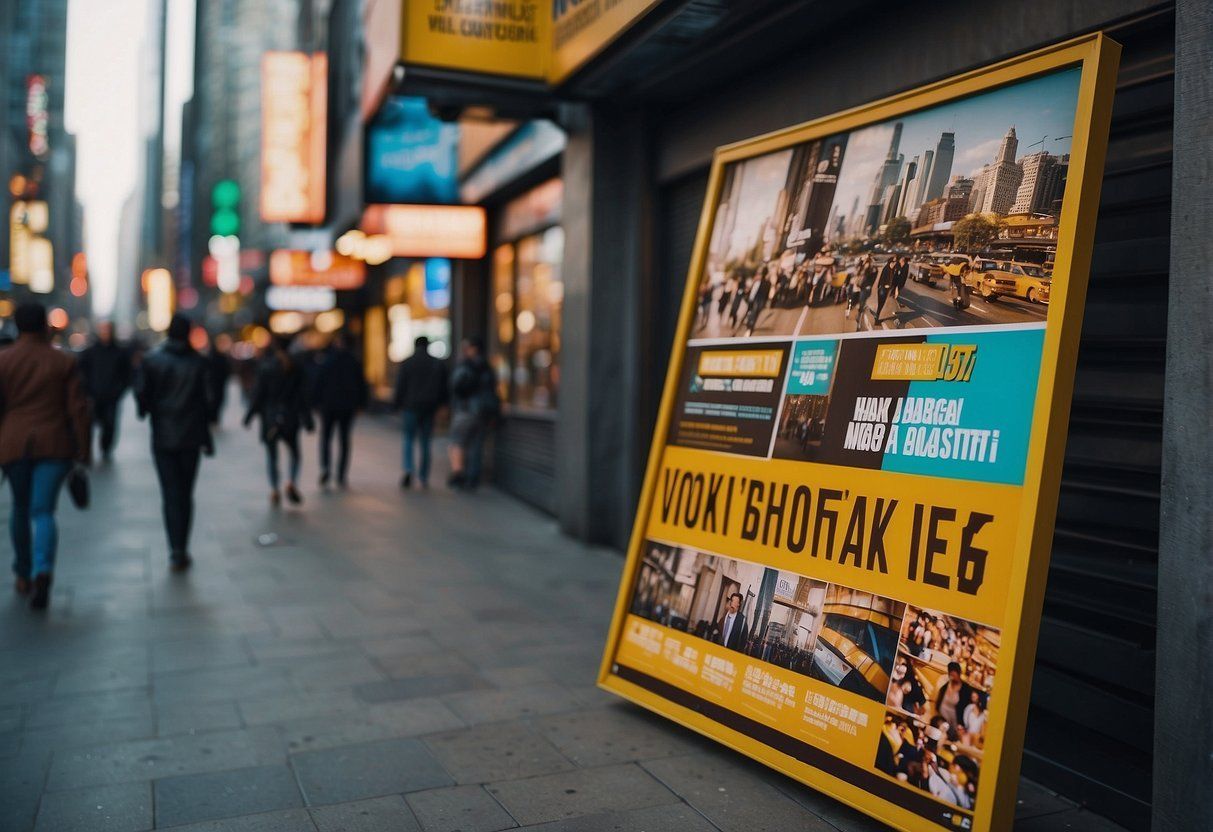
In the realm of advertising, posters serve as a powerful visual tool for attracting the target audience and compelling action. They are a cornerstone in a business’s promotional strategy, especially when aiming to make a significant impact during an event or launch.
Target Audience Engagement
Engaging the target audience is paramount in poster marketing. When designing posters, businesses must ensure that the content is tailored to the preferences and interests of their intended demographic. Key considerations include:
- Visual Appeal : Using high-quality images and bold colors that resonate with the audience.
- Relevance : Crafting messages that speak directly to the audience’s needs and desires.
- Clarity of Message : The poster should clearly convey its purpose with a strong and apparent call to action.
Strategic Poster Placement
For a poster to be effective, its placement must be strategic. This not only maximizes visibility but also enhances the likelihood of engagement by the target audience. Here’s how businesses should approach poster placement:
- High Traffic Areas : Posters should be displayed in locations frequented by the target demographic.
- Proximity to Events : Placing posters near the venue of a business event increases the chances of attracting attendees.
- Visibility and Accessibility : The poster’s position should be at eye level, unobstructed, and in well-lit areas for optimal impact.
Businesses that implement poster marketing with thoughtful engagement strategies and calculated placement can anticipate a stronger connection with their audience and a higher conversion rate for their advertising efforts.…
